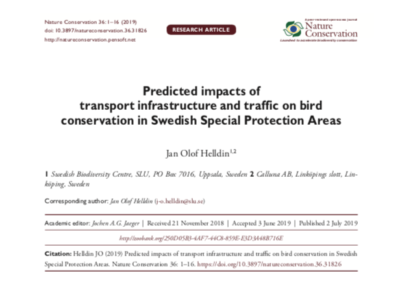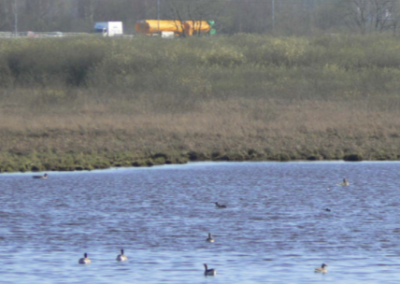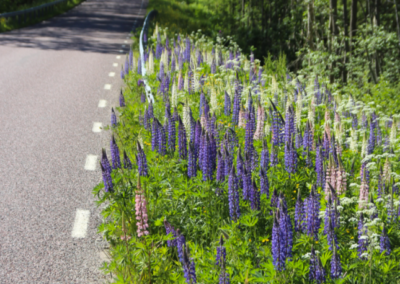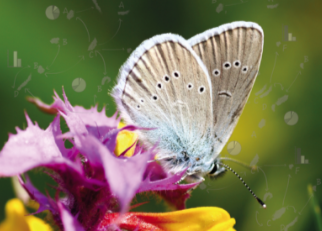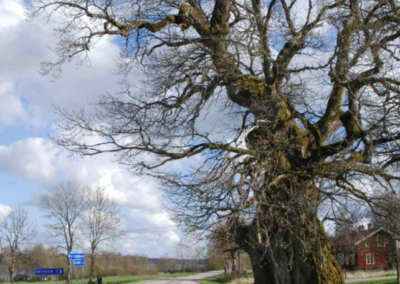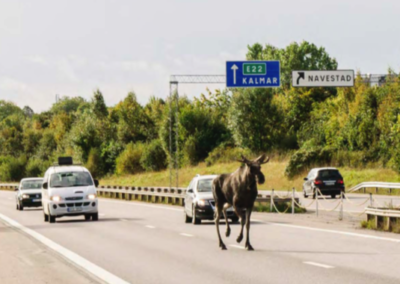TRIEKOL program periods I and II
Earlier work
The research program TRIEKOL was established in 2009. Their main objective to develop knowledge and methods to help the transport sector to maintain and improve the ecological functions and qualities of the landscape.
Focus was on developing practical planning tools based on the best available knowledge. In areas where there were critical knowledge gaps, projects with more basic research were conducted. The tools included geographically explicit models (GIS), strategies and guidelines for action in connection with planning, construction and operation, and increased cooperation with other actors in the landscape.
TRIEKOL also helped developing the goals of the Swedish Transport Administration (STA) relating to biodiversity, in terms of landscape fragmentation, the degree of barrier impact, road mortality and noise pollution, and maintenance of the infrastructure’s habitats. The work was based on the national environmental objectives, environmental legislation (primarily general statements in the overarching Environmental code) and in STA’s previous work on environmental targeting (the project ”Mål-och-Mått”).
Program period I
In the first period (year 2009-2011) the work was structured in three themes:
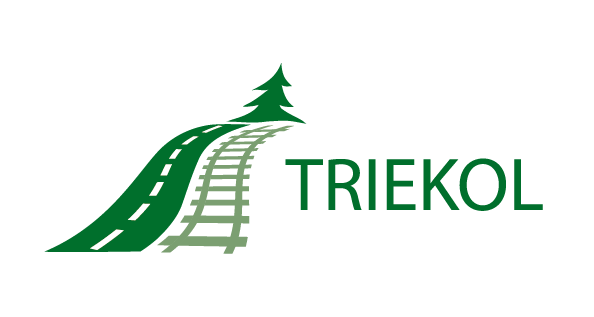
Program period II
During the second period (years 2012-2015) the results obtained were applied in a conceptual model that measures and evaluates the infrastructure landscape adaptation. Parallel to the development of this model, studies related to the former three themes continued. Particular focus was directed on the importance of cooperation among landscape actors for successful conservation efforts.
Organisation
Program periods I and II was funded by the Swedish Transport Administration and hosted by SLU (Department of Ecology), SLU Swedish Biodiversity Centre and Calluna AB.
The programme group consisted of the host and project leaders. Staffing within each project involved researchers and staff from other universities, government agencies and consulting companies. The program’s steering committee consisted of four representatives from STA.
TRIEKOL part I and II included a number of projects with partial external funding. To some extent this made TRIEKOL an umbrella for current research and development about ecological effects of roads and railways in Sweden. International links were established through the IENE network and individual research contacts.
Publications and outreach
Program period I and II resulted in several publications and outreach activities.


